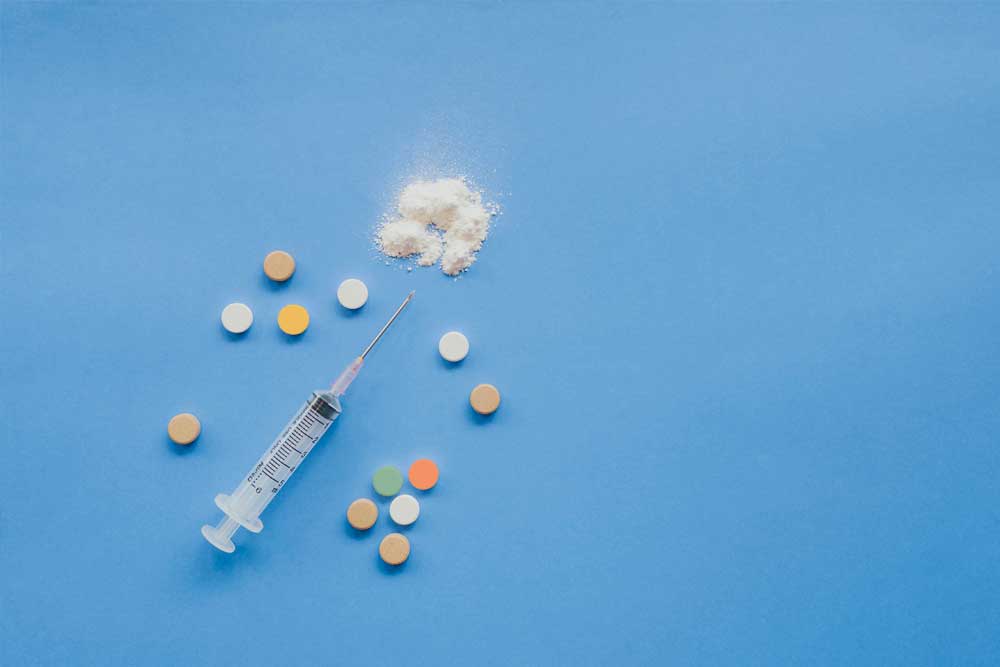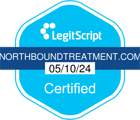In 2018, about ten million people misused opioids in 2018 and two out of three drug overdose deaths were due to opioids.
Opioids are chemicals that interact with opioid receptors on nerve cells in the body and brain and reduce the intensity of pain signals and feelings of pain.2 Opiates are natural opioids. Natural opioids or opiates include morphine, heroin, and codeine. About 800,000 people reported using heroin in 2018.3
When you stop using opiates after using them for several months, you experience withdrawal. Withdrawal lasts from a few days to as long as two weeks. Withdrawal from opiates is unpleasant and, in some cases, can be fatal. Supervised withdrawal under the care of a physician is safer. Opiate withdrawal includes several symptoms, which begin about 12 hours after you stop taking the drug.
Emotional and Mental Withdrawal Symptoms
Emotional and mental symptoms include
- anxiety
- disorientation
- restlessness
- insomnia
- hallucinations
- irritability or mood disorders
- suicidal thoughts
One way clinicians help patients to manage anxiety is by providing accurate information about the withdrawal process. Another is through providing a calm, simply-decorated area for the withdrawal that allows the patient to sleep or exercise moderately during the process.
Coping strategies and behavioral management techniques do help. These techniques include explaining to the patient where they are and identifying what is real vs. what is a hallucination. Clinicians also will talk to the patient in a quiet and consistent voice.4 They also will coach the patient in stress-management techniques and encourage them throughout the process.
Physical Withdrawal Symptoms
Those withdrawing from opiates also experience physical symptoms. These include:

- goosebumps
- runny nose
- watery eyes
- dilated pupils
- body aches
- sweating
- fever
- shaking
- fast heartbeat
- high blood pressure
- rapid breathing and hyperventilation
- seizures
- vomiting
- diarrhea
These symptoms can be dangerous because the body is responding to extreme changes in the chemical processes going on in the brain and the rest of the body. In some cases, withdrawal can be fatal if not monitored by a medical professional. For example, persistent diarrhea and vomiting can lead to dehydration and an elevated sodium level (a condition known as hypernatremia). These can ultimately lead to heart failure. 5 Undergoing withdrawal in a supervised environment manages withdrawal symptoms so that they do not become life-threatening.
One way doctors help patients manage withdrawal symptoms is through the use of medication-assisted treatments. FDA-approved drugs such as buprenorphine partially stimulate the opioid receptors and can help diminish the physical cravings for the opiate.6 Doctors also can prescribe other drugs to relieve specific symptoms such as insomnia, nausea, or abdominal cramps to make the patient more comfortable and prevent life-threatening complications.
Detoxification
Detoxification is controlled and medically supervised withdrawal from opiates. Doctors and other clinical personnel will devise a personal detoxification plan customized to each person’s needs.
Located in Orange County, California, we offer supervised detoxification as part of a comprehensive program to help you achieve abstinence. After detoxification, you spend time in our residential treatment program and intensive outpatient program, and, after graduation, receive continued support services. We have been transforming lives for 30 years. Health Insurance covers 87 percent of the cost, and more than 90 percent of our patients complete the program. You can safely withdraw from opiates and lead a productive, happy life again. Contact us between 8 a.m. and 8 p.m. seven days a week at (888) 978-8649.
Sources:
U.S. Department of Health and Human Services: Opioid Crisis Statistics
Medline Plus: Opiate and Opioid Withdrawal
National Drug and Alcohol Research Centre, Sydney: Yes, people can die from opiate withdrawal
Author
-

President, CEO & Founder at Northbound Treatment Network
Paul Alexander is the CEO, President & Founder of Northbound Treatment Network in Newport Beach, California. He believes wholeheartedly in transformational leadership, organizational health and effective, fully integrated substance use disorder and mental health treatment. With over 27 years of experience in behavioral healthcare, Paul has extensive knowledge of “in vivo” treatment modalities, clinical development, operations, strategy, marketing and financial planning. He has been widely recognized for his development of collegiate-based residential treatment programs for students in recovery and authored a research study at The University of California confirming this modality’s effectiveness.
Paul’s comprehensive professional experience, willingness to innovate, and emphasis on organizational health are vital factors in Northbound’s continued success. Paul received his Certified Addiction Treatment Specialist training at Saddleback College in Mission Viejo, CA, and was awarded Outstanding Alumni Service Award in 2002. Paul holds a Bachelor of Arts degree in Criminology, Law and Society, Summa Cum Laude, from University of California, Irvine, and a Juris Doctorate degree from Loyola Law School of Los Angeles. Paul currently serves on The National Association of Addiction Treatment Providers (NAATP) board. In addition, he serves on The Family Recovery Foundation board and The CarePossible board in Orange County; both organizations are committed to raising funds for family recovery and treatment for former military personnel. Paul is in recovery himself and lives in Orange County with his wife Silvana and his two young sons, Noah and Dean.










